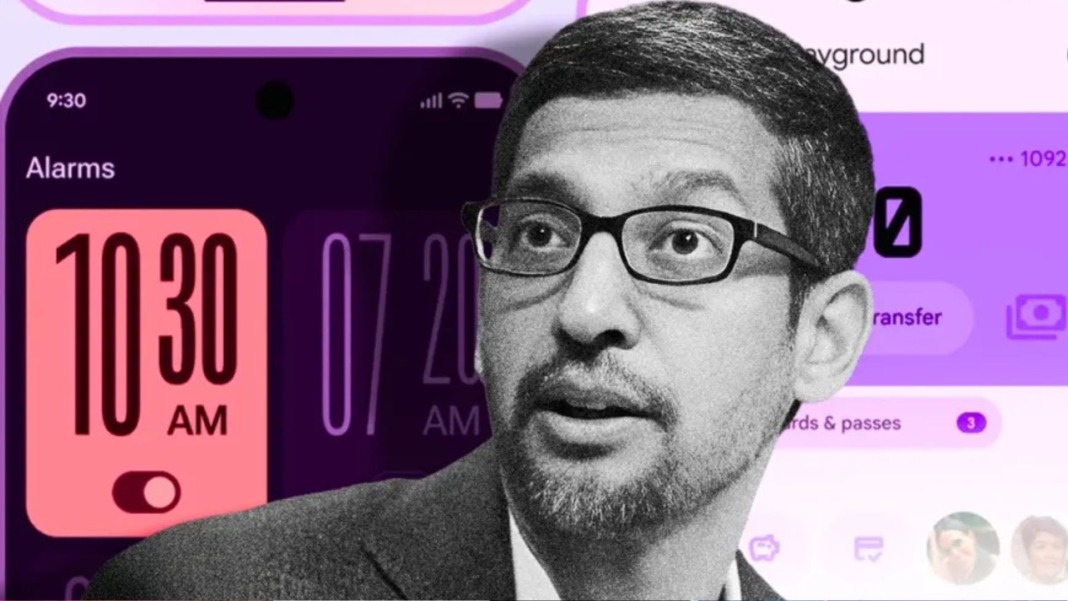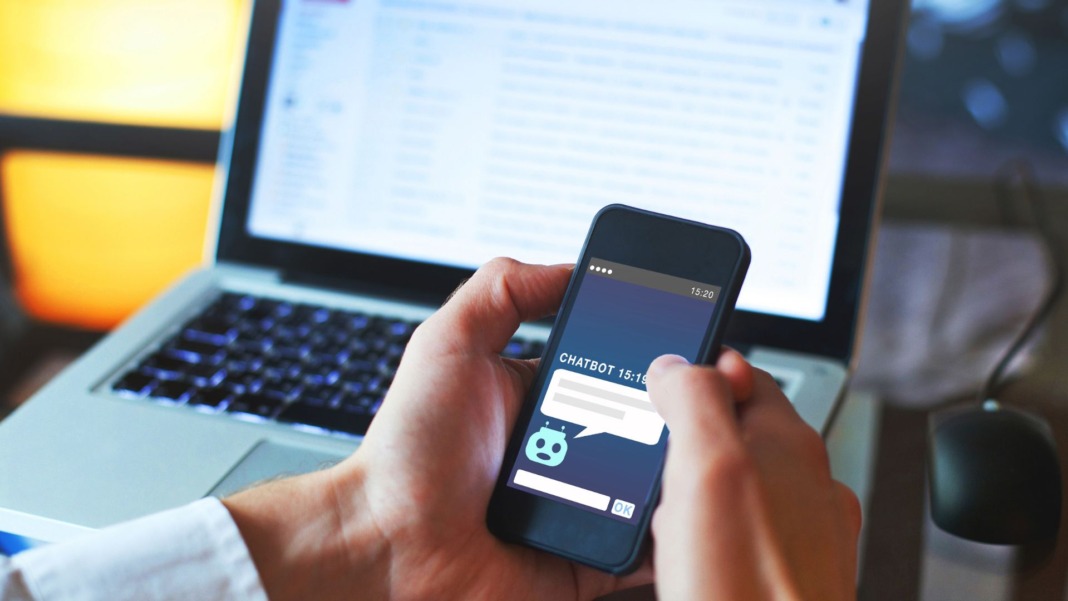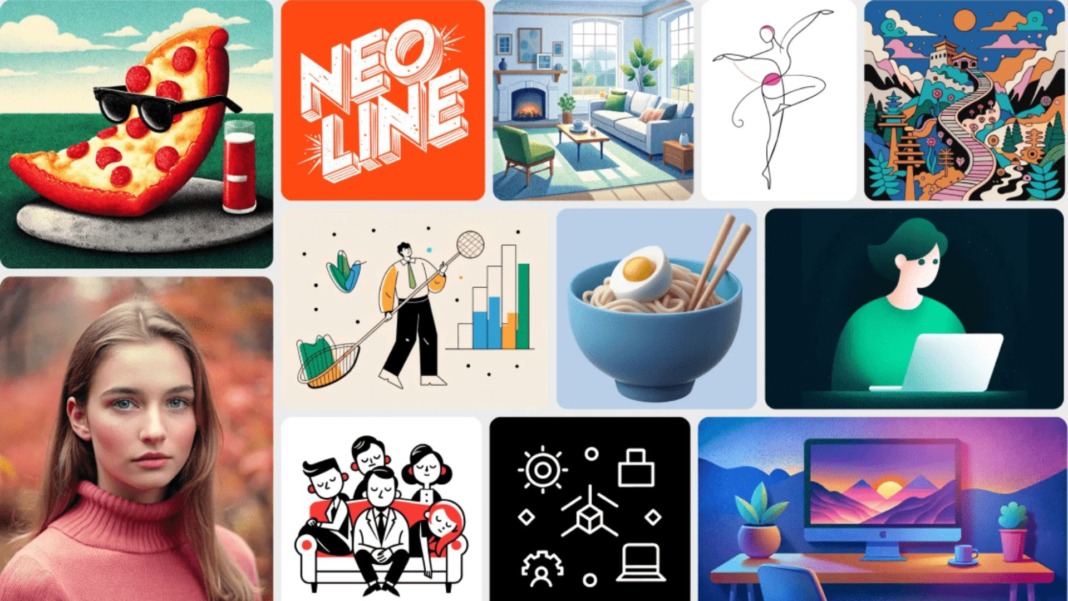Google is preparing to introduce a fresh update to its Android design language, and the news came out earlier than planned. A schedule posted on Google’s website and a blog post that was quickly taken down revealed that the tech giant will launch “Material 3 Expressive” at its upcoming I/O developer conference.
This updated design system builds on the existing “Material You” framework, which was first introduced in 2021 under the name “Material 3.” With Material 3 Expressive, Google appears to focus on more emotionally engaging designs, offering bold visuals and improved app usability.
We first introduced @Android in 2008 — and now there are 3 billion active Android devices around the world. 🤯 #GoogleIO pic.twitter.com/G6wMXfWgNZ
— Google (@Google) May 18, 2021
A design shift that feels more personal
According to the now-removed blog post, Material 3 Expressive will feature “bold use of shape and colour” to create more delightful and engaging experiences for Android users. While the full details are yet to be confirmed, the update will likely not be a complete overhaul but a thoughtful progression of the Material You design language.
This new update aims to better connect with users on an emotional level. Google says this type of expressive design draws attention to important elements within apps, making them easier and more enjoyable to use. Studies referenced in the blog post show that more expressive designs improve how apps feel and help users perform better while using them.
This type of emotional design is expected to make Android more accessible, especially for older users. Google notes that expressive elements help guide users naturally through an app’s interface, making the experience more intuitive regardless of age or technical ability.
A more adaptable system for developers
Material Design has always given developers a strong, flexible system for creating cohesive apps across Android devices. First introduced in 2014, it set layout, animation, and user interaction standards. In 2021, Google followed up with Material You, which added personalisation features like theme matching based on a user’s wallpaper.
With Material 3 Expressive, the system is moving toward more customisation and emotional connection. At the I/O developer conference later this month, developers will be introduced to these new expressive design patterns to improve engagement and user satisfaction. They’ll also be given access to files and early alpha code, allowing them to experiment with the changes before a wider release.
However, Google carefully points out that expressive design won’t entirely replace traditional design principles. Developers will still need to respect common standards and patterns that ensure apps remain user-friendly and consistent across platforms.
Leak confirmed ahead of I/O announcement
The accidental leak was first spotted by 9to5Google, and the original blog post has since been archived on the Wayback Machine. Although it was quickly pulled from Google’s site, the I/O session titled “Build next-level UX with Material 3 Expressive” confirms that this update is coming.
As Android evolves, updates like this one directly impact how apps are built and how they feel to use. With Material 3 Expressive, Google seems to be leaning toward a design system that’s functional, more vibrant, and meaningful for users.





